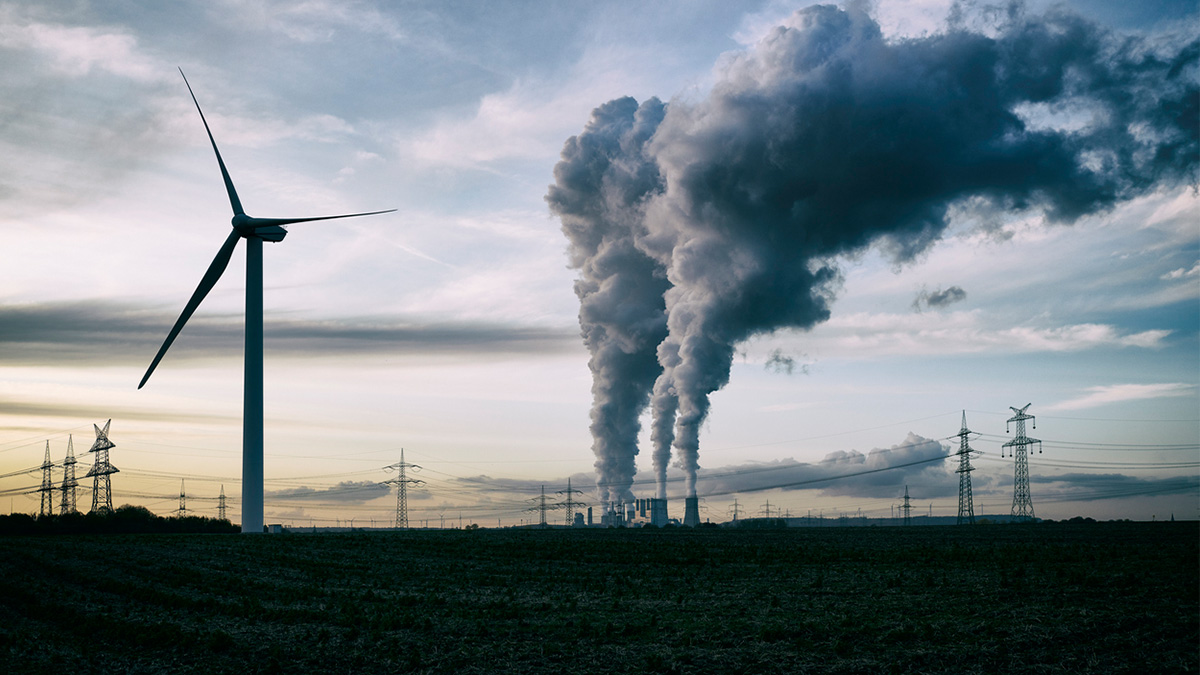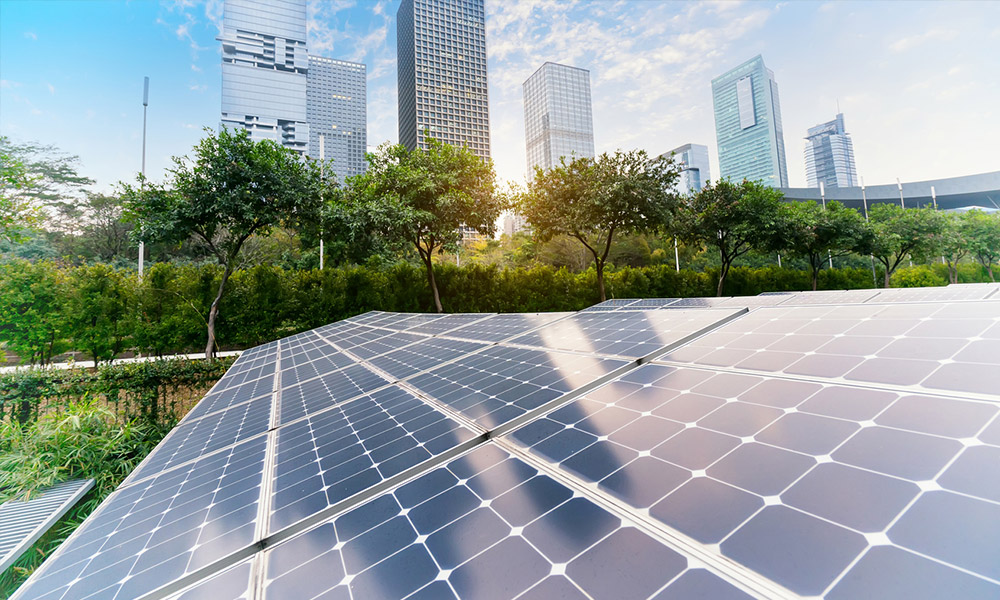Artificial Intelligence
Why companies are embracing sustainability
January 14, 2021
Categorized: Artificial Intelligence | Cloud
Share this post:
From heating buildings to building solar farms, corporations are listening to their customers and investing in technologies to reduce carbon emissions.

As concerns about the damaging effects of climate change continue to grow, businesses across Australia both big and small are increasingly taking the lead on environmental action, setting science-based targets and implementing the required investments to meet their goals, adopting new technologies to accelerate sustainability and – crucially – helping to shape the nation’s climate policy.
This month alone has seen a series of business-led initiatives and breakthroughs in Australia’s response to climate change, including the nation’s entire financial services sector – under the umbrella of the Australian Sustainable Finance Initiative (ASFI) – signing up for a collective target of net-zero greenhouse gas emissions by 2050.
News of the corporate-led drive came just ahead of Scott Morrison’s virtual address to the G20, in which the Prime Minister urged world leaders to “safeguard the planet” for future generations.
During his speech, Mr Morrison reaffirmed Australia’s commitment to the Paris accord, insisting the country is now on track not only to meet but to beat its emissions reduction targets.
Not content with waiting for the Prime Minister to accelerate the nation’s climate response, a report by KPMG showed that Australia’s top 100 companies are now leading the way globally in climate-risk reporting and disclosure, with the ASX 100 outperforming the world’s largest 250 businesses on multiple criteria, despite having lagged behind them just three years ago.
More significant still has been the corporate sector’s embrace of new technologies and tech-led emission-reducing practices.
Last year, supermarket giant Coles announced a 10-year deal to buy the majority of the electricity generated at three new solar farms to be built near Wagga Wagga, Corowa and Junee in NSW.
Equally ambitiously, in 2019, Telstra – one of Australia’s largest consumers of power – set itself the target of becoming 100 per cent renewable by 2025 and reducing its absolute emissions by at least 50 per cent by 2030.
Central to almost all of corporate Australia’s efforts is the assistance of technology companies like IBM, whose cloud technologies are relied upon to store and manage business’ data and whose innovations in artificial intelligence are helping to solve some of the key stumbling blocks for lowering emissions.
In recent years, IBM Research Australia has run numerous projects aimed at decreasing fossil fuel dependency, including the development of a system for managing energy consumption that uses AI to reduce the amount of electricity used to heat and cool large buildings.
The Melbourne-based tech laboratory also developed control systems to optimally schedule the charge and discharge of batteries in response to AI-based forecasting, which can ultimately drive the cost of battery ownership down and lead to more widespread uptake of solar and storage systems.
Dr Julian de Hoog, research scientist at IBM Research Australia said the lab’s latest initiative, which aims to reduce the carbon footprint of computing generally, can help both businesses and individuals connect to renewable energy sources simply by adjusting when and where their IT workloads are run.
According to Dr de Hoog, “almost every time you use an app on your phone, it’s basically connecting to a data centre somewhere that is storing data and running some computational workloads that need to be powered by electricity. Every country in the world, even every region, has a set of generation sources for electricity in that region, which could be a mix of coal, gas, nuclear, solar, wind, biomass, multiple other sources.

“So by running something in one location, for example, France, which has a high nuclear component to their energy mix, you could be generating 10-15 times less emissions than if you run the same workload in another part of the world, which may have a comparatively dirty energy generation mix.”
Simply by switching the time and location of where large enterprises place their computational loads – such as when they process large batches of transactions, for example – Dr de Hoog says it will be possible to move en masse to greener energy sources.
With a “Green New Deal” being proposed by the incoming Biden administration in the US, the momentum behind sustainability will continue to increase. In the meantime, corporate Australia has taken the lead, introducing ambitious targets of its own, mounting large-scale renewable projects, and – with the support of hi-tech companies – underpinning it all with the latest technological research and innovations.
Originally published in The Australian
Summer’s Coming – Get ready to ride the wave of post-lockdown optimism
Author Ross Farrelly, Director, Data Science and Artificial Intelligence, IBM A/NZ You can feel it in the air. Summer’s on its way and there’s a spring in our step. In October, business confidence in NSW leapt by 42pts in September, while Victoria climbed by 16pts.[i] But it’s not just the change of season that is […]
Why natural language search is the way forward
By Jessica Vella, Associate Data Scientist – Advanced Analytics and Paul Sherlock, Associate Partner, Offering Lead – Cognitive Care A/NZ Every week, hundreds of young couples take their first step on an exciting, scary, nerve-wracking journey – one of the most important of their lives. They decide to buy a house. If you’ve been on […]
How IBM is building trustworthy AI
By Ross Farrelly, Director, Data Science and Artificial Intelligence, IBM A/NZ As IBM’s leader for artificial intelligence (AI) in the Australia and New Zealand region, I spend a lot of time talking to companies about how they can realize the benefits associated with this powerful technology. That includes how AI can help them modernize, respond […]


